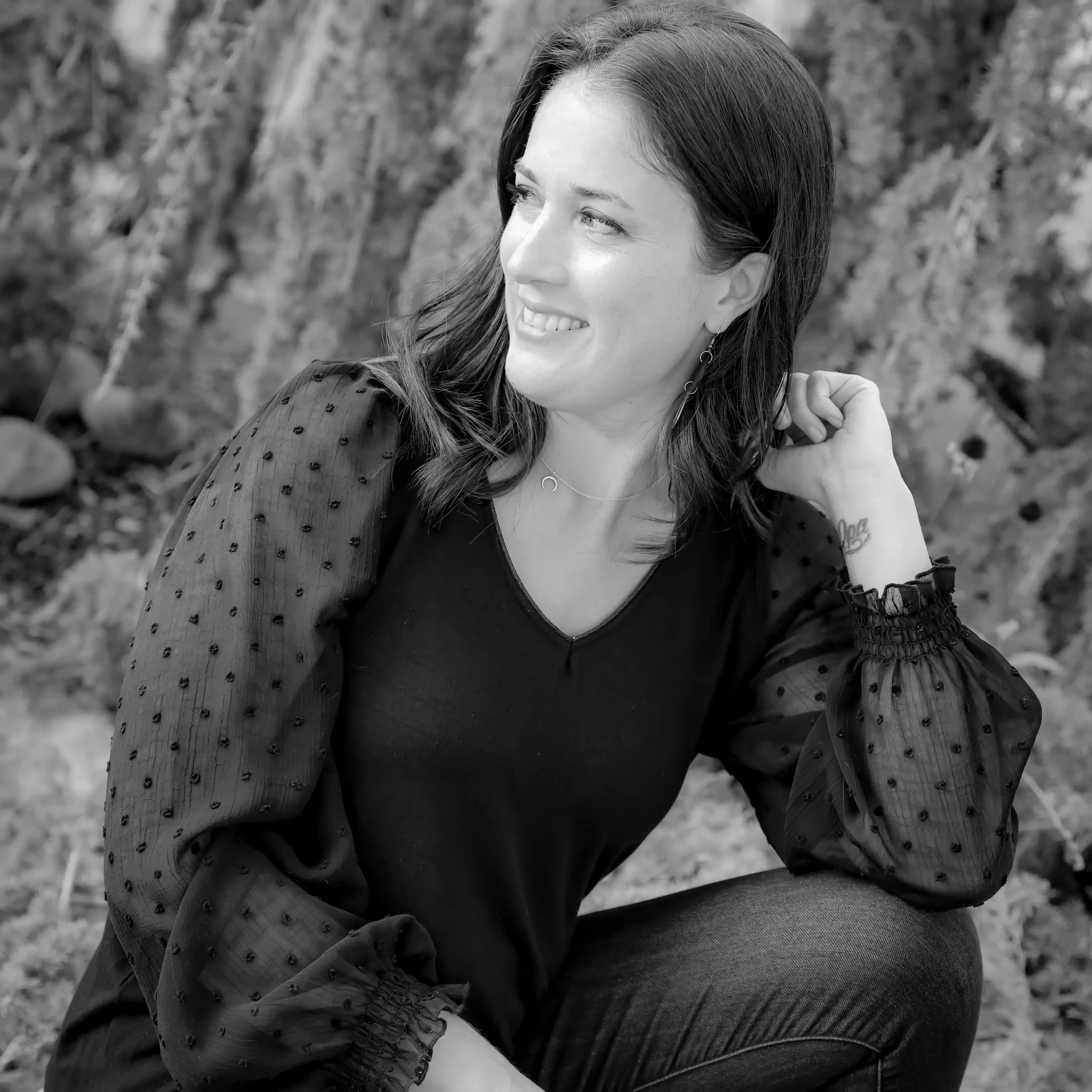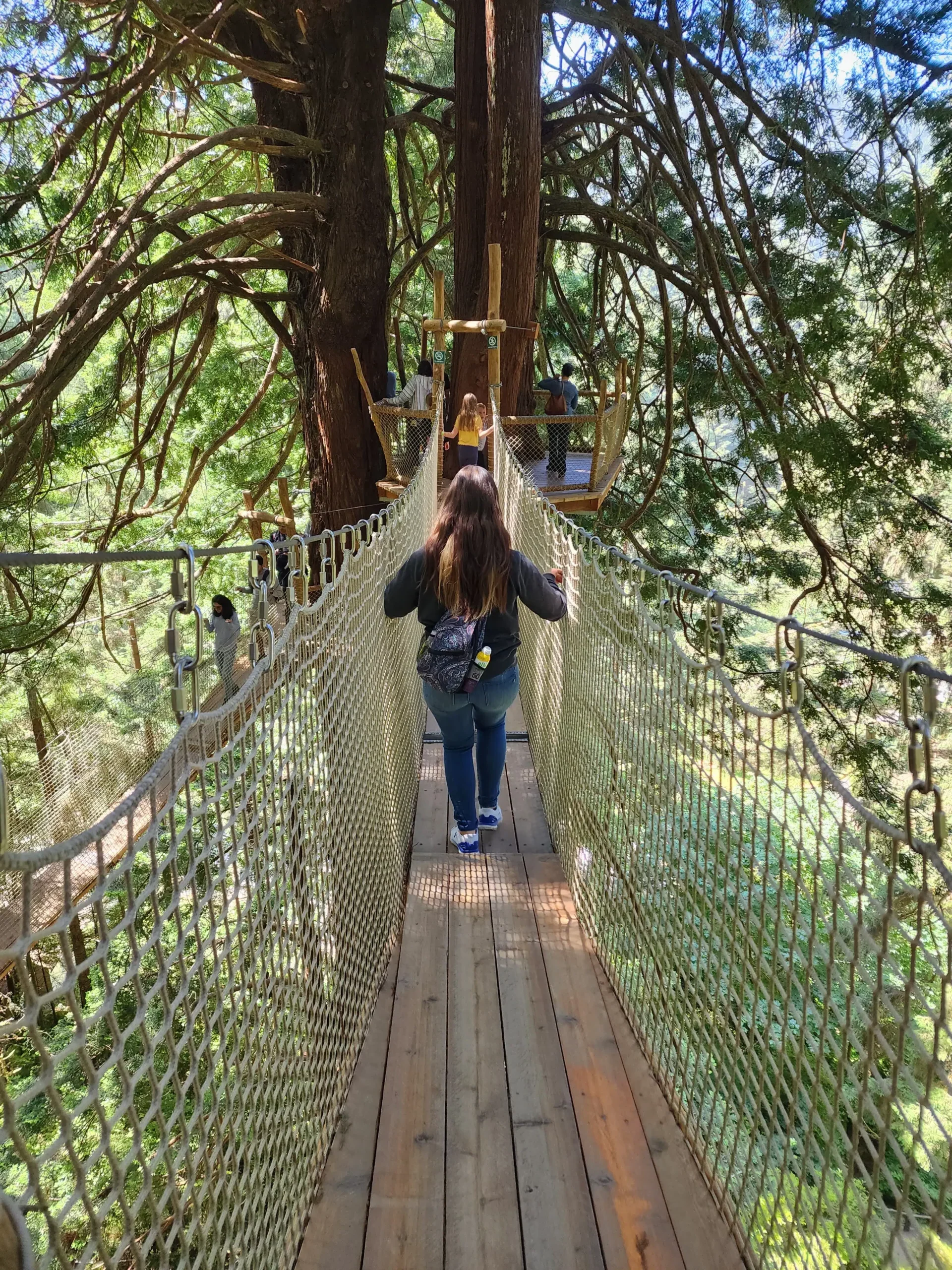Reclaiming the Self After Maternal Abandonment
Every year as my children grow, I’m reminded of the girl I once was. Having two children and a bonus daughter has given me the deepest mirror into my own soul. Through them, I’ve been forced to meet parts of myself I had long buried. Watching my daughter—now 11—move through her own challenges often triggers something within me. It’s not her behavior that causes the discomfort, but what her experience reflects back: wounds within myself still aching to be seen, to be healed.
They’ve witnessed my transformation in real time. They’ve seen me messy. They’ve seen me rage. They’ve seen me in the closet crying. They’ve seen me shut down. And in that raw vulnerability, I’ve begun to reparent the younger version of myself I once abandoned.
One moment that cracked me open was when my daughter turned 22 months old—the exact age I was when my own mother left. I remember holding her, overcome with the thought of separation. The very idea of leaving her was unbearable. And yet, it was the very thing that had happened to me. And the moment that began my descent into the mother wound.
I started to ask questions I had long avoided:
Why wasn’t I enough to stay for?
What made me so unlovable?
How could a mother walk away from her child?
My pain opened the door to understanding, forgiveness, and a grief process. I began to consider what might have driven my mother to make such a heartbreaking choice: what kind of fear or trauma she must have been carrying to leave her daughter with the very person she was running from.
Understanding the Mother Wound
The absence of a mother—whether physical, emotional, or both—can leave a wound that lingers long after childhood. This is often referred to as the mother wound: a deep, often unspoken ache born from neglect, abandonment, or a lack of nurturing love.
If you’ve experienced maternal abandonment, you may carry:
- Feelings of unworthiness
- Shame and self-blame
- Fear of rejection or betrayal
- A longing to be chosen
- Difficulty trusting love
The emotional trauma caused by maternal loss or neglect can shape your ability to feel safe, loved, and worthy in the world.
But here’s the truth:
Healing is possible.
Common Behavioral Signs of the Mother Wound
- Feeling “not good enough”
- People-pleasing or perfectionism
- Fear of abandonment in relationships
- Difficulty trusting others—or yourself
- Chronic self-doubt or shame
Why Healing the Mother Wound Matters
Unhealed, this wound can unconsciously affect every area of your life—relationships, parenting, career, and even your health. It can show up as:
- Staying too long in unhealthy relationships and justifying bad behavior
- Sabotaging career success or overworking to prove your worth
- Feeling inadequate, ashamed as a parent, and unworthy of your child’s love
- Physical symptoms: nervous system dysregulation, digestive issues, heart palpitations, or body dysmorphia
But with compassion, awareness, and support, you can break generational cycles and create a new narrative rooted in self-love.
How to Begin Healing the Mother Wound
1. Acknowledge the Pain Without Shame
Give yourself permission to feel—all of it. Sadness, anger, grief, confusion… every emotion is valid. This step is foundational to understanding how trauma is stored in the body through emotions.
Journaling Prompts:
- What did I need from my mother that I didn’t receive?
- What beliefs about myself did I form because of her absence?
2. Connect with the Inner Child
Your younger self still lives inside you, waiting to be seen and loved.
Ways to Connect:
- Visualize yourself as a child and ask: What do you need from me today?
- Create a safe inner space to return to regularly.
- Look at old photos and speak gently to that child.
- Ask: What does my inner child need today? Then do it, no matter how small.
3. Reparent Yourself
Reparenting is the act of giving yourself what you didn’t get. It’s slow, tender and sacred work. But you will find that it will change your life.
Start With:
- Emotional validation: Let yourself cry, rage, and rest. Giving yourself lots of space and grace to grieve.
- Consistency: Build safe, predictable routines.
- Nurturing care: Feed yourself well, rest, and speak kindly. Watch your self-talk—your words matter. Speak to yourself as you would a tender child. No name calling, body shaming, and telling yourself lies.
4. Set Boundaries Without Guilt
Many of us with mother wounds struggle with boundaries: trying to earn love, seek validation, or avoid rejection.
Practice Saying:
- “No.”
- “That’s not okay with me.”
- “I need space.”
And remind yourself: I am allowed to protect my peace without shame or judgement.
5. Seek Safe Support
You don’t have to do this alone.
Consider:
- Trauma-informed therapy (EMDR, somatic therapy, inner child work through regression or energy healing)
- Joining support groups for abandonment wounds
- Speaking with trusted, nonjudgmental friends
- Educating yourself on how trauma shows up in your body and behavior
6. Grieve What Was Lost
Let yourself mourn the mother you needed but didn’t have. This is not about blaming—it’s about honoring your truth so you can move forward.
Healing Rituals:
- Write a letter to your mother (you don’t need to send it)
- Burn or bury the letter, light a candle—create symbolic closure
- Say aloud: “I release the hope that she will be who I needed her to be.”
7. Redefine What Mothering Means
You can mother yourself now.
Ask Yourself:
- What does “mothering” mean to me now?
- How can I embody that nurturing energy for myself?
- What do I need to feel supported, safe, and held?
Mother energy doesn’t only come from the woman who birthed you. It can be found in mentors, community, spirituality—and most importantly, within you.
You Can Heal—And You Are Not Alone
Healing the mother wound isn’t about staying stuck in pain or placing blame. It’s about liberation.
It’s about rewriting the story of your worth and becoming the person your younger self needed. It’s about learning to meet your own needs, set loving boundaries, and offer yourself the kind of love that is patient, kind, and unconditional.
It takes time.
It takes courage.
But most of all—it takes love.
Please share your experience healing the mother wound in the comments below.
Much love,
Beth


Leave a Reply